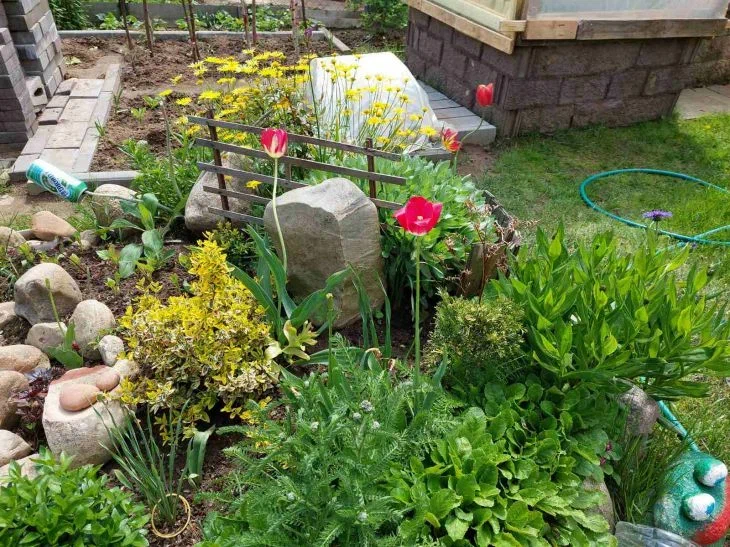Why You Shouldn't Decorate Your Flowerbeds with Delphinium: A Good Reason
Not all plants are equally suitable for planting in a garden plot.
Some, undoubtedly beautiful specimens, according to the expert of the online publication BelNovosti, scientist-agronomist, landscape designer Anastasia Kovrizhnykh, are frankly poisonous.
Delphinium
This plant, also known as larkspur and spur, is poisonous in all its parts due to its diterpene alkaloid content.
Contact with delphinium leaves on the skin may cause an allergic reaction.
The plant with paniculate inflorescences is dangerous not only for people, but also for domestic animals, as it can cause poisoning, which leads to heart failure.

Isn't this a reason to take a closer look at other options for decorating your flower bed?
Hydrangea macrophylla
Not all fans of this plant with large and bright spherical inflorescences know that it contains cyanide.
Its maximum concentration is in hydrangea buds.
If it happens that for some reason a person eats any part of this plant, he will experience increased heart rate, a sharp drop in blood pressure, convulsions, shortness of breath and fainting.
In animals, hydrangea poisoning results in lethargy and refusal to eat.
Azalea
You have probably had the chance (and more than once) to admire the delicate pink, lilac and white flowers of azalea.
However, the external attractiveness of this plant is deceptive.
The juice of its leaves contains andromedotoxin, also known as radiotoxin.
When azalea juice comes into contact with human skin, it causes headache, nausea, weakness and increased salivation.
The poison from this flower lowers blood pressure, slows the heart rate and negatively affects the nervous system, and in cats it causes paralysis of the respiratory organs.
